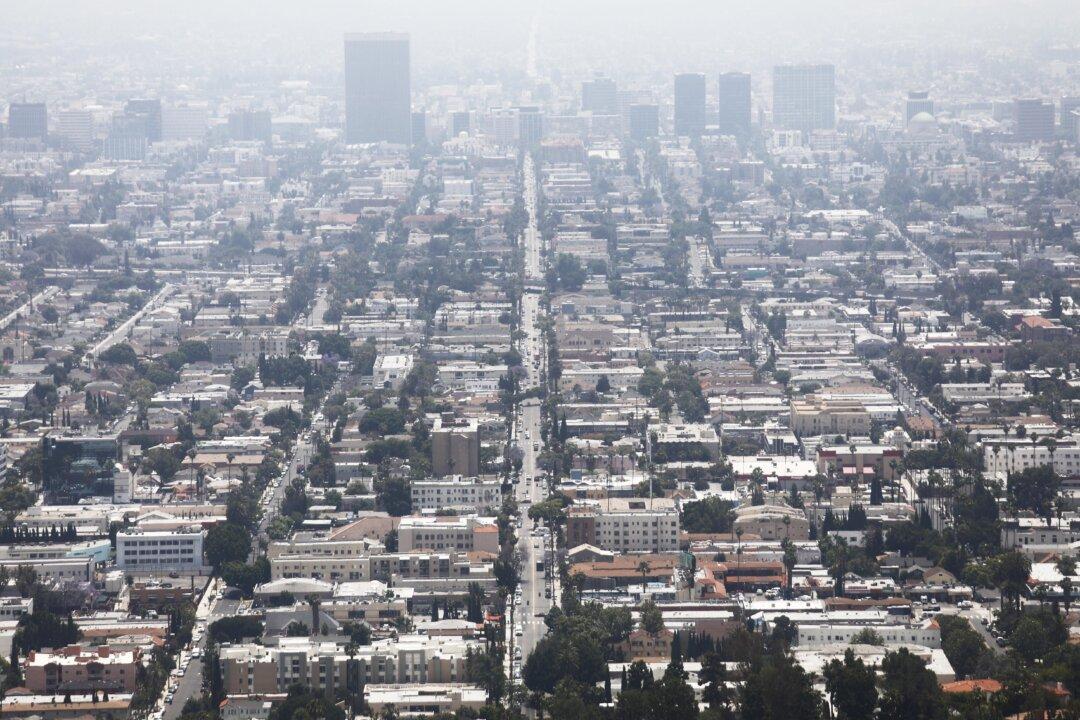More than 137 million Americans, representing over 40 percent of the U.S. population, are living in places with failing grades for unhealthy levels of particle pollution or ozone, according to the “State of the Air” 2022 report from the American Lung Association.
There were 2.1 million more people breathing unhealthy air in the 2022 report compared to the previous year. “Nearly 9 million more people were impacted by daily spikes in deadly particle pollution than reported last year. In the three years covered by this report, Americans experienced more days of ‘very unhealthy’ and ‘hazardous’ air quality than ever before in the two-decade history of ‘State of the Air,’” the April 21 report (pdf) stated.





